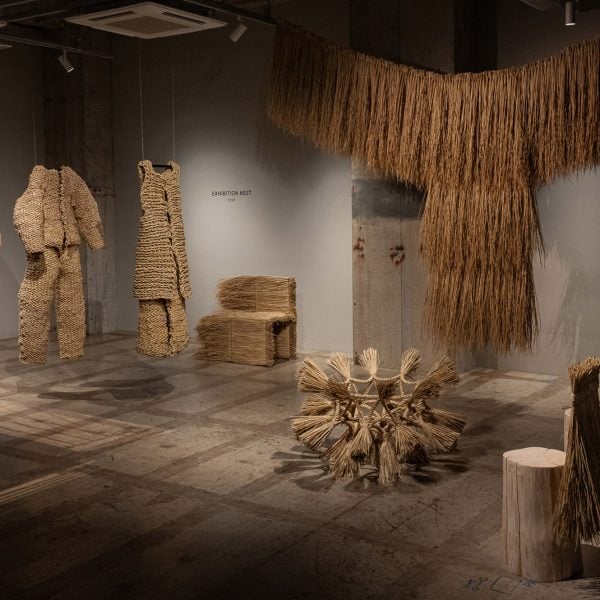The eighth edition of Designart Tokyo took place across the Japanese capital with nearly 120 exhibitions presenting furniture, lighting and accessories as well as art projects, interiors, technology and some fashion.
With exhibitions taking place in venues spread out across the enormous city, it remains a challenge for organisers to make the people of Tokyo aware of the ten-day festival.
The visitor experience was made easier by concentrating many of the exhibitions in the busy areas of Omotesando, Roppongi, Ginza and Tokyo station, often within walking distance of each other.
Exhibition venues were varied, housed in vacant spaces, under railway arches and in galleries as well as furniture and fashion stores and upmarket shopping malls.
For the most part, Designart Tokyo provides a platform for Japanese designers and brands to showcase their work to local trade and public audiences.
As per previous years, the festival organisers supported five Japanese artists and designers under the age of 30 by giving them the opportunity to showcase their latest experimental projects.
Read on for six highlights from the festival:
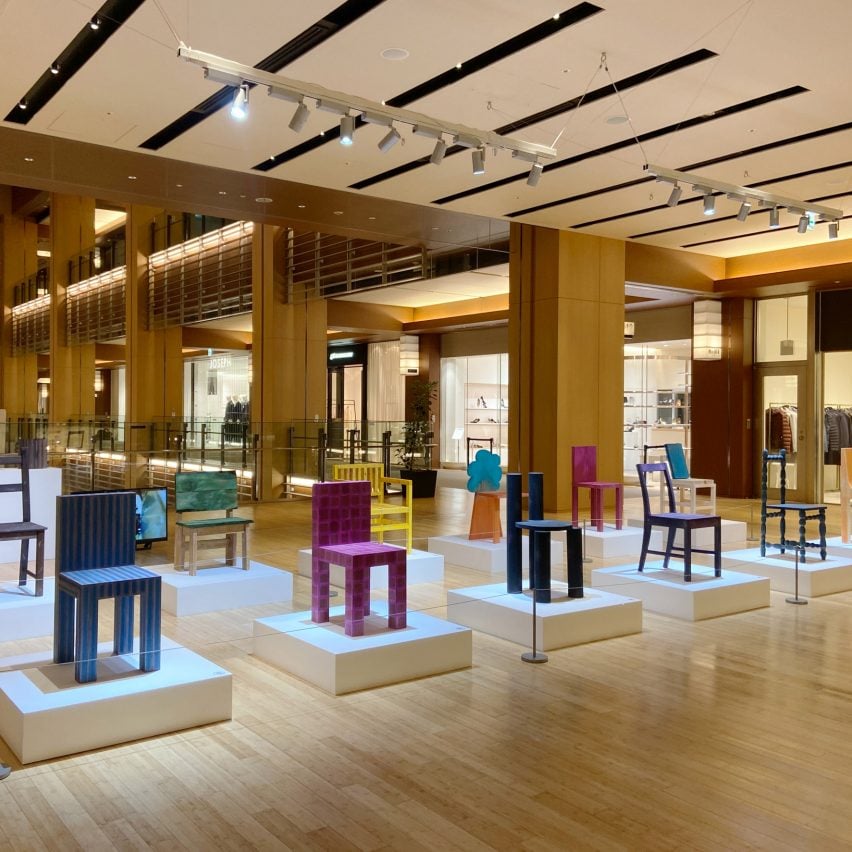
Eeyo by Saki Takeshita
Young Japanese designer Saki Takeshita’s work involves dying softwoods such as balsa, cypress or cedar, and then exposing it to hot air at nearly 200 degrees. The heat triggers a reaction between the wood and the dye and changes the pigment colour, turning green to pink or blue to red. This is a process that can be applied to old wooden furniture, giving unwanted wooden objects a fresh appeal.
The process enables the designer to ‘paint with heat’ which was expressed in her exhibition of twelve wood chairs, on display at the upmarket Tokyo Midtown mall.
Each chair involved different graphic treatments on the timber surface while maintaining the expression and texture of the wood grain. The chairs are part of an ongoing series of experimental objects.
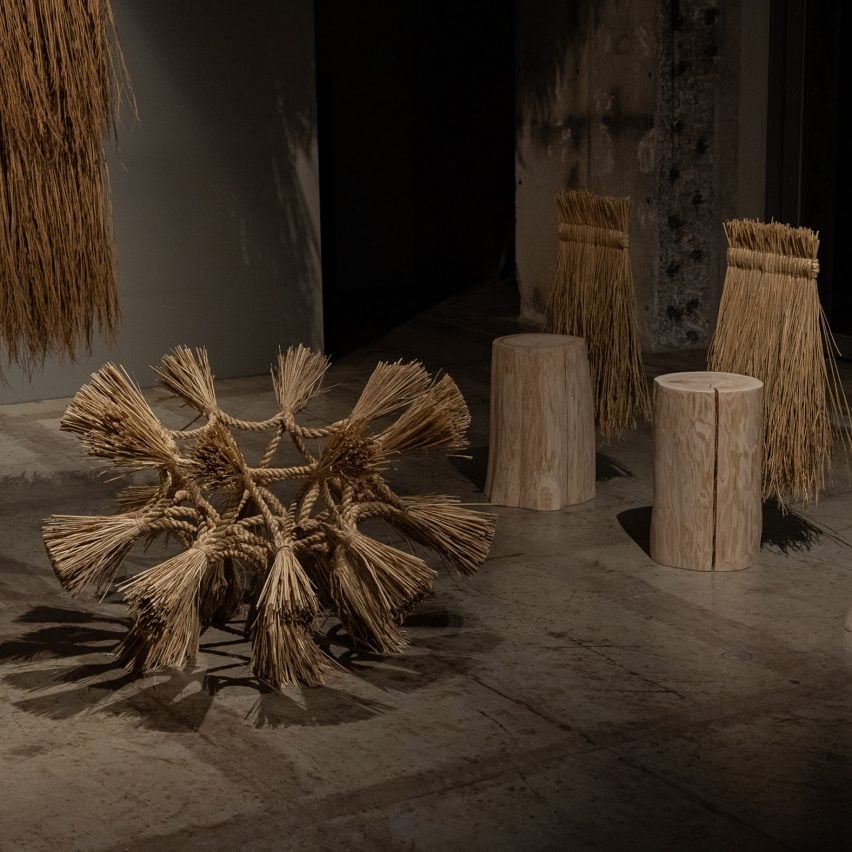
Nest by Straft
Straft is the design studio of Tamaki Ishii and Kazuma Yamagami, the name comprising a combination of ‘straw’ and ‘craft’. The duo is eager to give new purpose to rice straw, which has long been revered as an object of prayer as well as traditionally used on roofs and walls.
The designers created an assembly of objects, including chairs, a bench and chunky clothing made from woven straw. Time-consuming to make and intricately crafted, Straft intends to continue using end-of-harvest straw in the creation of objects with a modern sensibility.
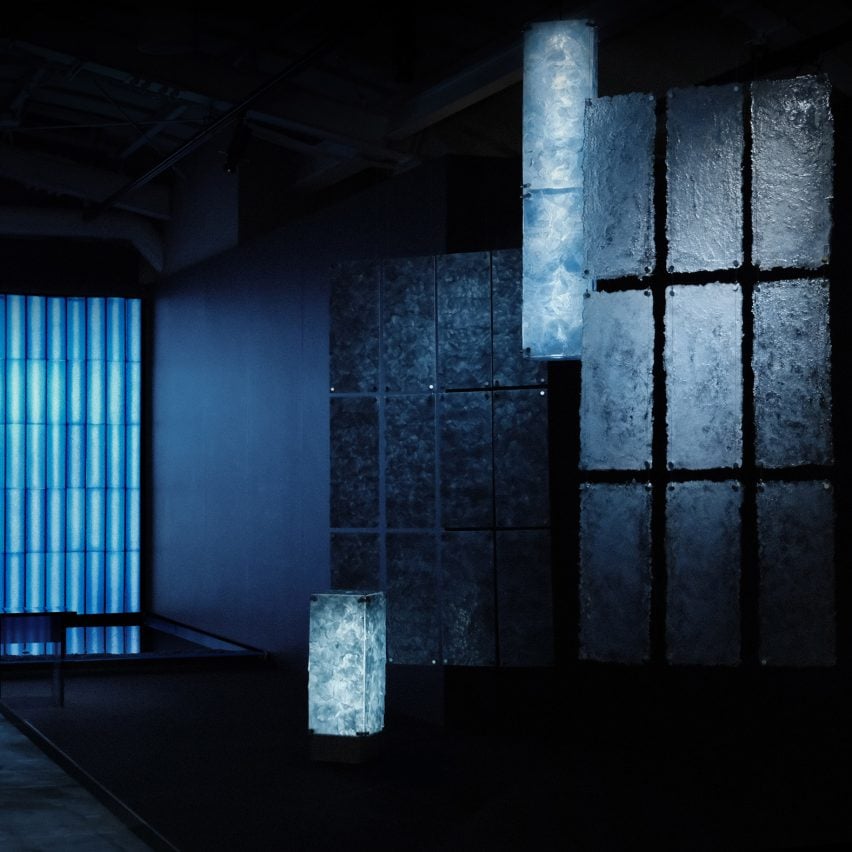
Trace of Water by Honoka
Japanese design collective Honoka teamed up with Aqua Clara, the producer of returnable water containers, to find ways of reworking and adding value to the polycarbonate from expired bottles.
The old bottles were shredded into shards as well as small pellets from which the designers experimented with reforming the material into a variety of objects, including translucent and semi-opaque tiles, moulded stools, textured vases and 3D-printed vessels.
Started as an informal collective of six independent designers, Honoka attracted attention in 2023 for its Tatami ReFab Project, which aimed to give new meaning to the traditional tatami material. The designers have recently formalised Honoka into an official design studio.
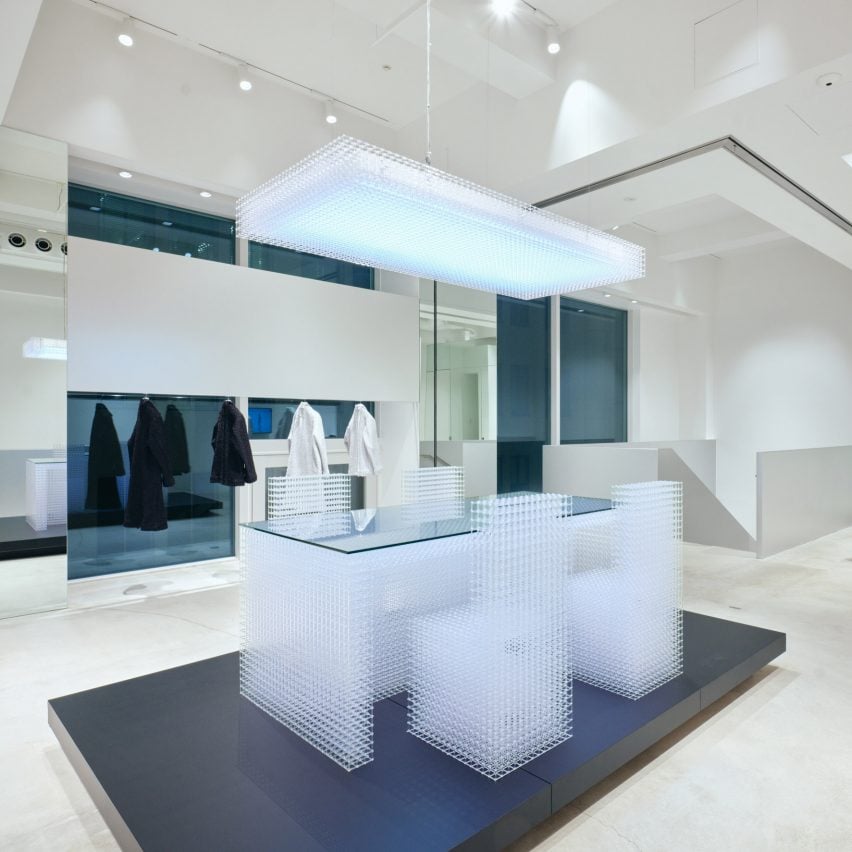
The First 130 by Hironao Kato
Having previously worked on mannequins and displays for fashion designer Issey Miyake, Hironao Kato added to his repertoire with his inaugural furniture installation in the brand’s Ginza flagship store.
Comprising a table, chairs and ceiling light, the pieces are made entirely of a lattice structure of vertical and horizontal lines made from recycled PET. The resulting cubist furniture is ethereal and ghost-like in appearance and joins a growing collection of works produced by Kato’s 130 design studio.
Founded earlier in 2024, the studio aims to experiment with new forms of three-dimensional construction technology.
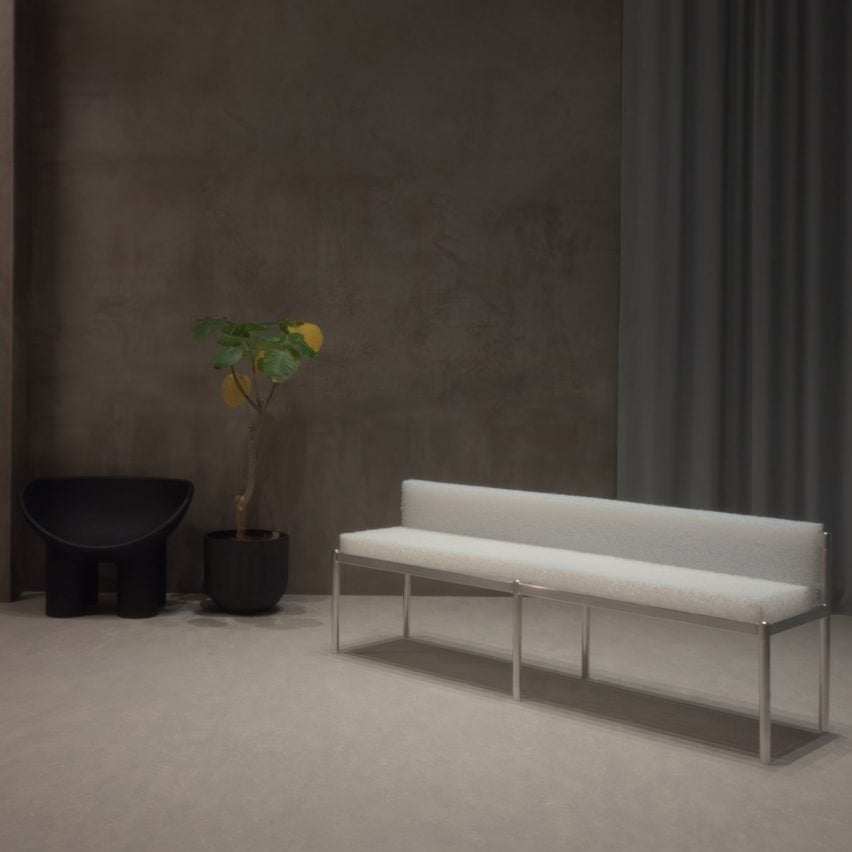
Is that structure essential? by Hojo Akira
With this conceptual sofa design, designer Hojo Akira was keen to dematerialise the otherwise complicated cocktail of materials that usually go into sofa construction and make them difficult to disassemble and recycle.
The designer chose to work with a simplified assortment of materials that could be easily repaired or replaced as needed. Instead of using upholstered blocks of polyurethane foam, Akira has opted for blocks of an extruded and tangled mono-material plastic that is robust enough not to need covering.
A lightweight material commonly used within mattresses and futons, this design celebrates the material rather than masks it. The seat and backrest are nestled on a simple interlocking aluminium frame.
Akira hopes to draw attention to the growing need to design with better consideration of disassembly, repair and recycling.
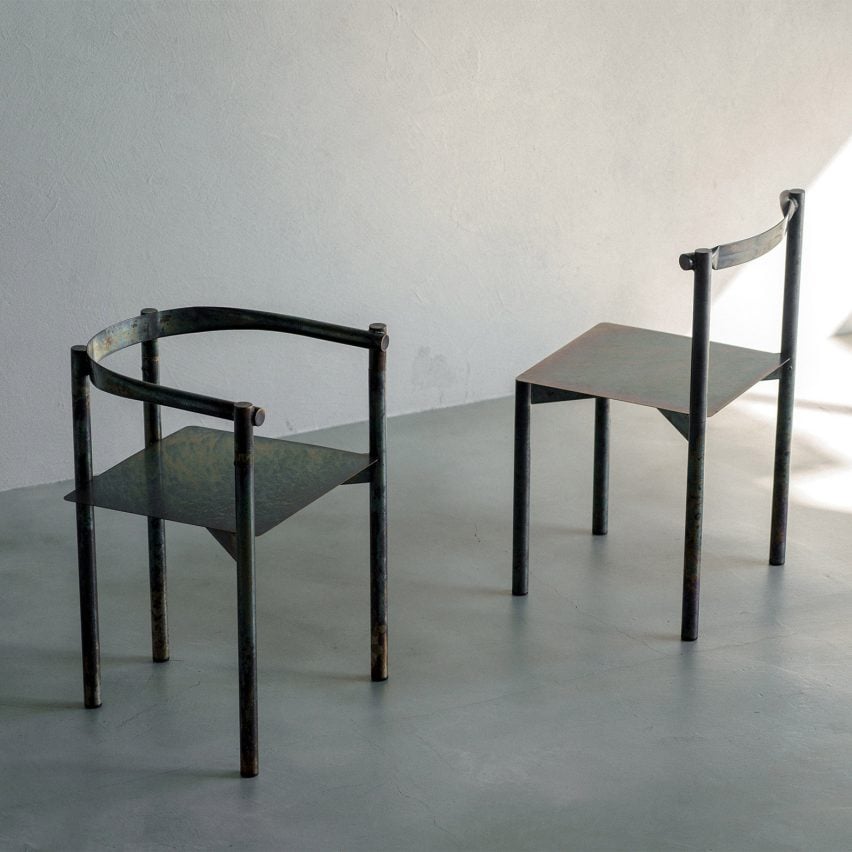
PF chair by Masaya Kawamoto
Designer Masaya Kawamoto made this chair by flattening and folding tubular sections of stainless steel to create a softened backrest in an otherwise linear design. He altered the surface appearance of the chair by immersing it in a salt bath, which has the effect of oxidising the metal.
The results are somewhat unpredictable, determined by the type of stainless steel, the thickness of the metal and the cooling speed. Crafted by hand, each chair has a distinct rainbow-like mottled surface devoid of any paint or pigments.
The photography is courtesy of Designart Tokyo.
Designart Tokyo took place from 18 to 27 October in Tokyo. See Dezeen Events Guide for an up-to-date list of architecture and design events taking place around the world.
